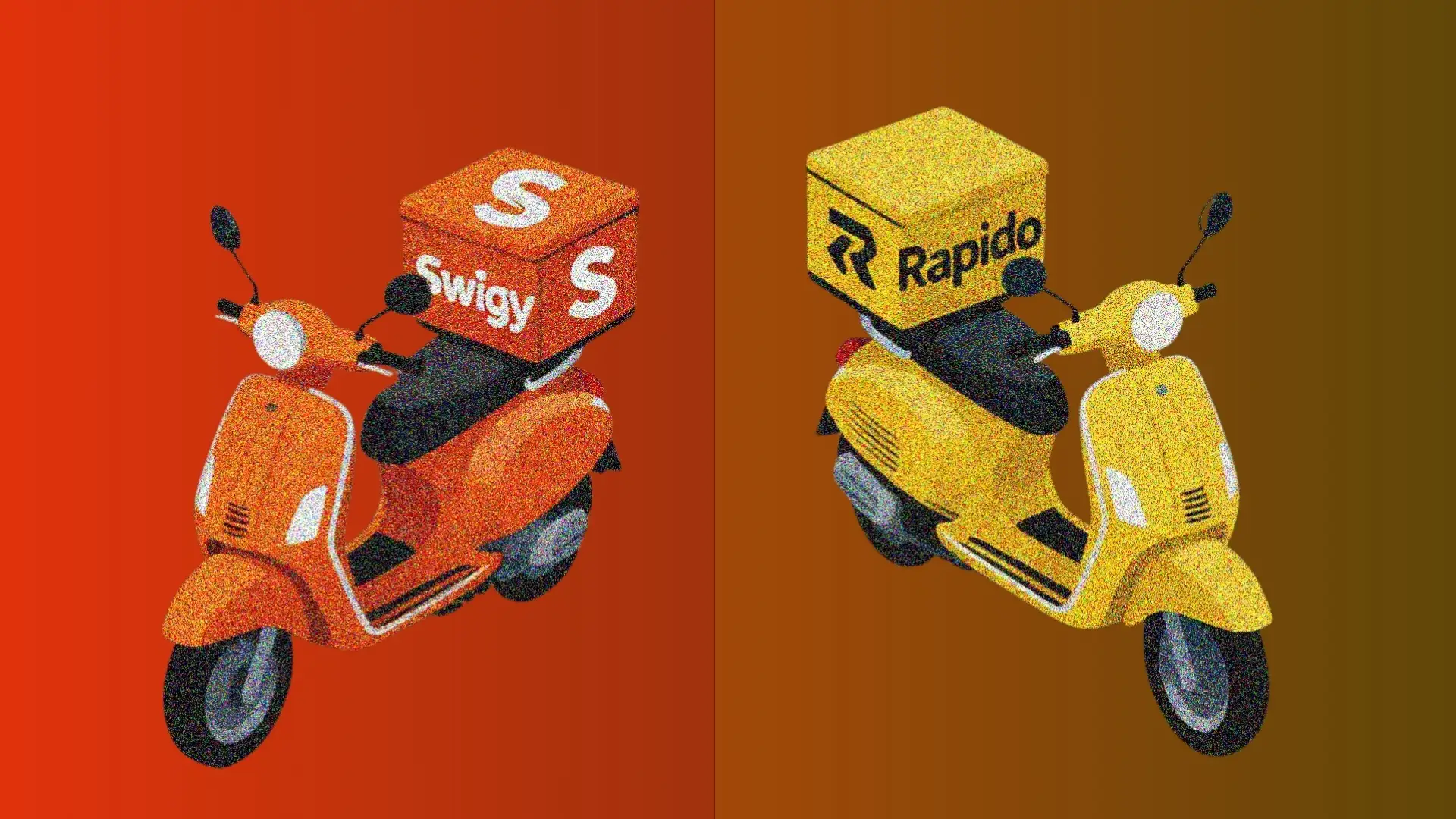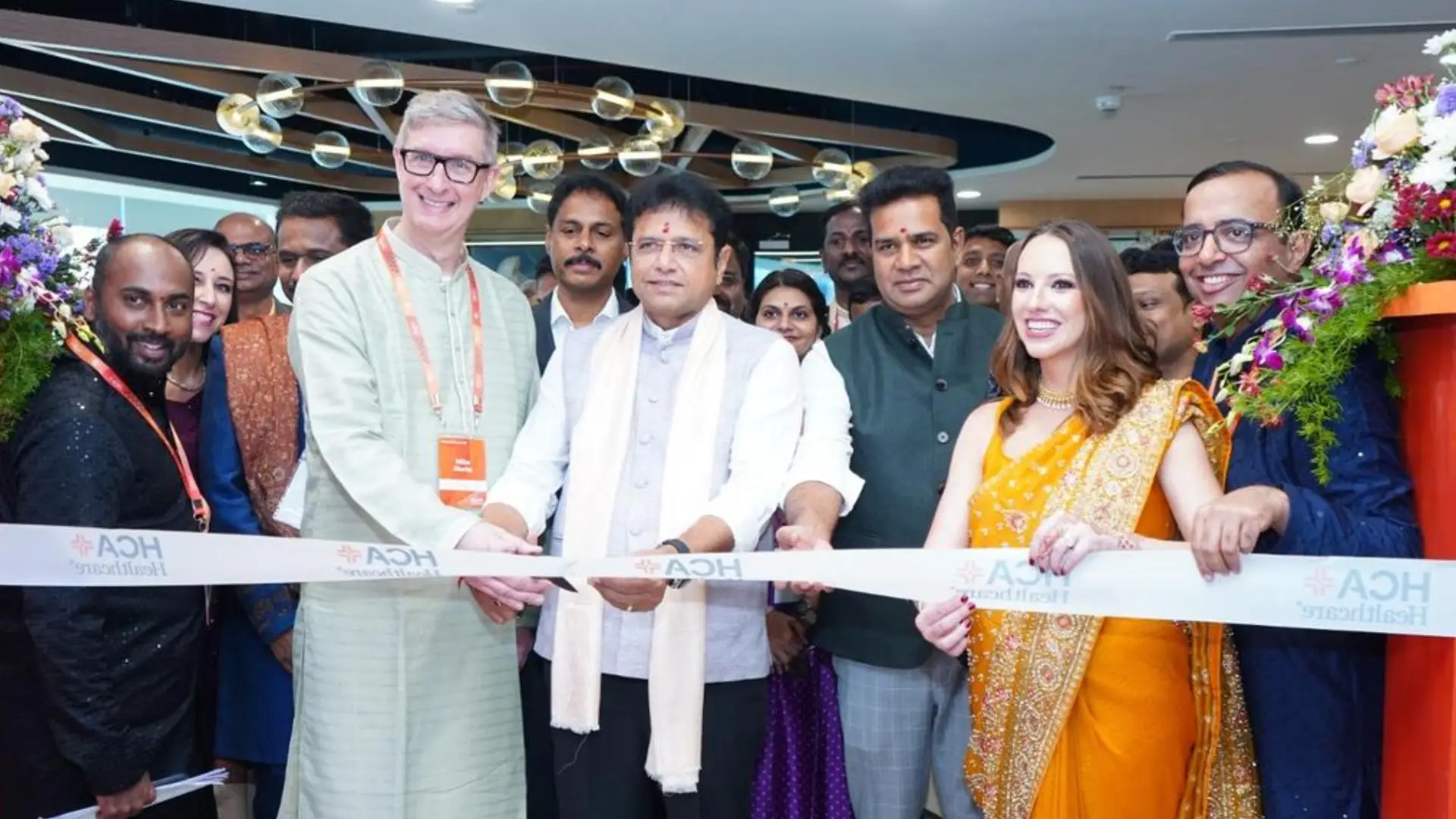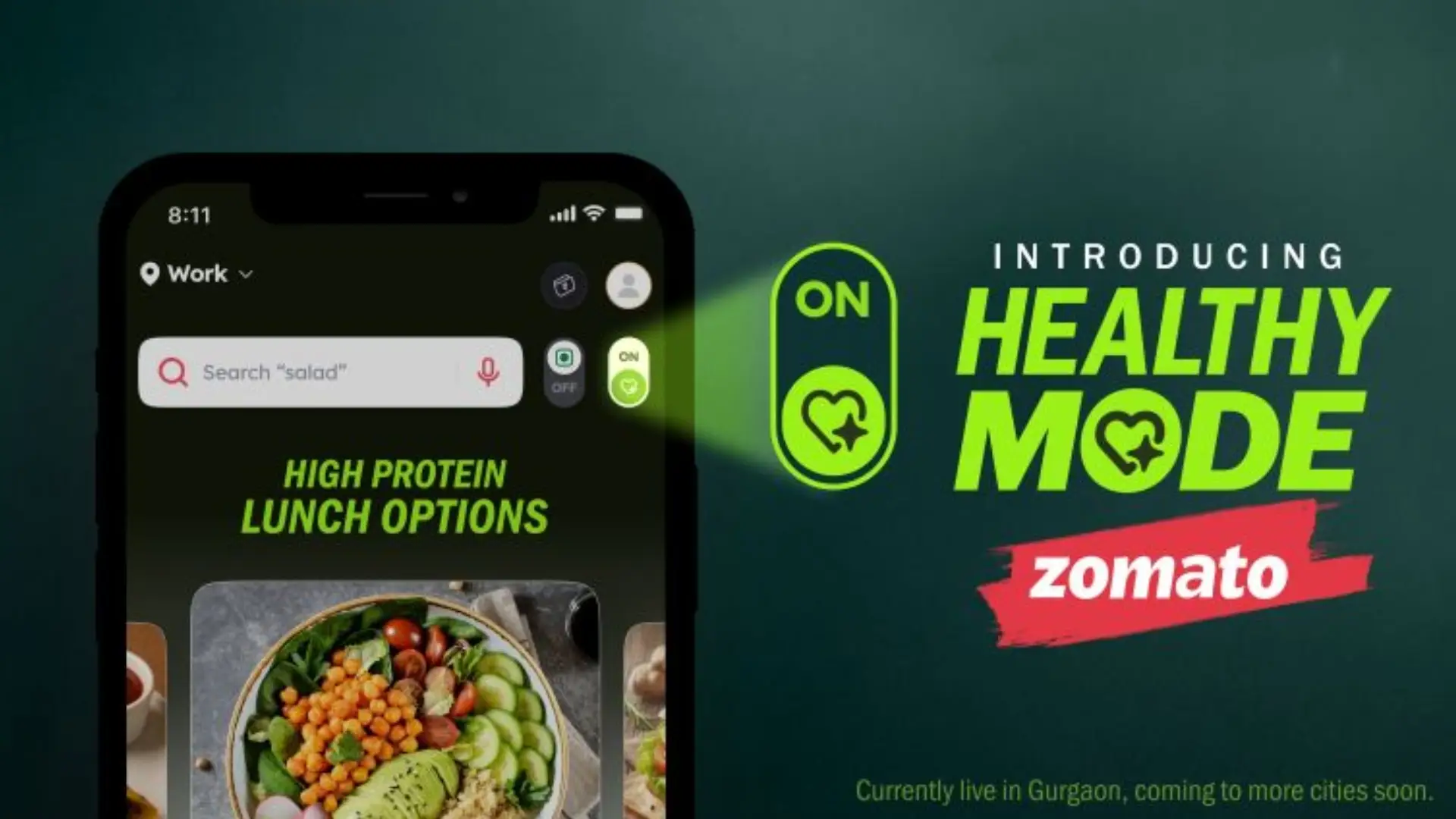If you are someone who has already built a product and is thinking of whom to sell to or target, this article is for you. Most of the common mistakes that people make when they are starting something is branding. Branding is good, but we need to understand how important branding is at the moment. You started building a great product with a friendly UI and UX, high-speed servers, a classy logo, colours, and a brand manual, what not everything that branding needs. If there’s no proper target market or proper revenue-generating model, branding will become your biggest cash burner. Without a clear revenue model or a well-defined target market, branding becomes your biggest cash burner. This mistake is especially common in SaaS, where founders build powerful platforms but forget the cost economics that follow.
India is one of the fastest-growing SaaS ecosystems in the world. More than 1,200 funded SaaS startups have emerged in the last 10 years. But there’s always a flip side, which we need to discuss. Most SaaS companies build excellent products with great engineering methods and designs. Now they have to go to the market and acquire the users. What is the easiest way to acquire customers? The answer is simple: giving it to people for free. This is where people think that it’s the best model to acquire users.
What companies decide is to go with the freemium model. But what is this freemium model? Freemium is a business model where a product is offered for free, but with the hope that users will eventually pay for additional features, services, or access. It has really worked for many startups, especially for those in SaaS. But why do companies like this model? First, it lowers the barrier to entry for users and also helps acquire users fast and at scale. This freemium model allows startups to showcase traction to investors through signups, active users, and usage metrics.
Initially it worked; if you look at the numbers, the SaaS industry is growing at a good rate, and it may reach $441 billion by 2027, as per estimates. But it is not as shiny as what we see with numbers. Approximately 10% of startups fail within their first year, about 70% fail between their second and fifth years, and nearly 90% of startups do not survive beyond ten years. Forget about the reasons, but let’s actually get into the costs that company should bear if they are increasing user base without revenue generation.
Let’s start with infrastructure. When a user does some activity, the data has to be stored, meaning some backend activities do happen. Whether it’s data storage, API calls, server compute, or caching, all of this adds up in your server costs. So now let’s say some 1 lakh users have started using the product. Now, whether they paid or not is secondary; you have to give the service and support. Meaning the higher the user base, the higher the costs that get involved. Now not only are you scaling your tech stack, but you are also growing your customer service burden without growing revenue.
There are some sources from freelance founders that say 90% of support costs come from free users. Churn is another major problem. The free-user churn rate is extremely high, often above 70% annually. Many users will sign up, use the product for some days, and then they won’t come back. Now you might be thinking, that’s fine people will pay money later it is all part and parcel of the customer acquisition process.
Here is where we need to look into what statistics are saying: In the SaaS segment, the typical conversion rate of freemium users is between 1% and 10%. Most of the companies, such as Dropbox and 37signals, fall under this range. But the majority of the startups in this space fall into the range between 2 and 5%. Meaning if you get 100 users, there are chances that 2 to 5 people might pay for the services. That’s really a hard rate to sustain the business. But an interesting insight is that Spotify has almost a ~44% freemium-conversion rate, which is really strong in this space.
Let’s say you spend INR 50,000 to get 100 new users for your SaaS product by offering it for free. But only 5 out of those 100 people actually end up paying for your product. That means you spent INR 50,000 to get just 5 paying customers. So, each paying customer actually costs you INR 10,000. Now imagine your product costs INR 1,000 a month, and the average period a customer stays is 6 months. How much will you make? INR 6,000 from each one. But you spent INR 10,000 to make INR 6,000. So, it clearly shows that we are facing a loss of INR 4,000 per customer. One more missed point: this doesn’t include the cost of serving the 95 users who never paid you at all.
So, it feels like the startup is growing because more people are signing up, but you are actually losing money with every new user.
So, what should be the focus? It doesn’t mean that we should not follow this freemium model; it means that we should first understand whether the product that we are building will actually make people pay and increase our conversion. It is possible because we have the Spotify and also Slack examples, which have succeeded with this model. But again, we have numerous examples that have failed.
To sum it up, a product-market fit and the freemium model will work. Even if it is not freemium but completely paid, also fine; it works when there’s a need for the product in the market.
Also Read: Is the EV revolution about saving the planet or seizing global power








